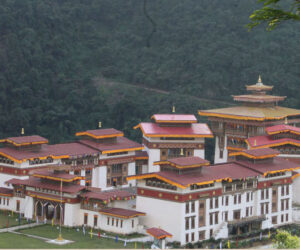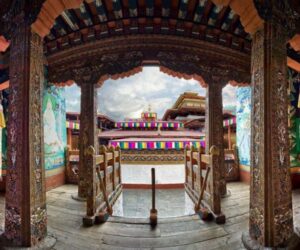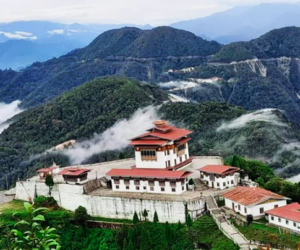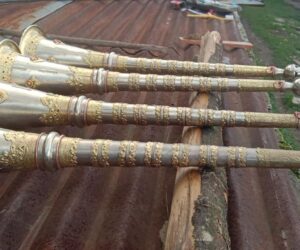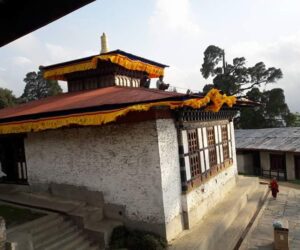
Pema Gatshel
Pema Gatshel is a district located in southeastern Bhutan, known for its natural beauty, cultural heritage, and agricultural economy. Situated at varying altitudes ranging from around 600 meters (1,970 feet) to over 4,000 meters (13,120 feet), the district encompasses diverse landscapes including subtropical forests, valleys, and high mountain peaks. The climate varies from subtropical in the lower regions to temperate and alpine in the higher elevations, supporting a range of agricultural activities.
The district is predominantly inhabited by the Sharchop ethnic group, who are native to eastern Bhutan. Dzongkha is the official language, while regional dialects are also spoken. Buddhism is the dominant religion, with numerous monasteries and religious sites scattered throughout the district. Festivals (tshechus) are celebrated with fervor, showcasing traditional dances, rituals, and religious ceremonies that are integral to Bhutanese culture.
Pema Gatshel’s economy is primarily agricultural, with rice, maize, potatoes, citrus fruits, and cardamom being important crops grown in the region. Livestock farming, including yak herding in the higher altitudes, also contributes significantly to the local economy. The district’s cultural richness is reflected in its traditional arts and crafts, such as weaving and woodcarving, which are practiced by local artisans.
In terms of cuisine, Pema Gatshel offers traditional Bhutanese dishes such as ema datshi (chili and cheese stew), phaksha paa (pork cooked with spicy red chilies), and red rice, complemented by locally grown vegetables and herbs. The district’s cultural and culinary traditions, combined with its scenic landscapes and vibrant festivals, make Pema Gatshel a captivating destination for those seeking an authentic experience of Bhutanese culture and natural beauty.
